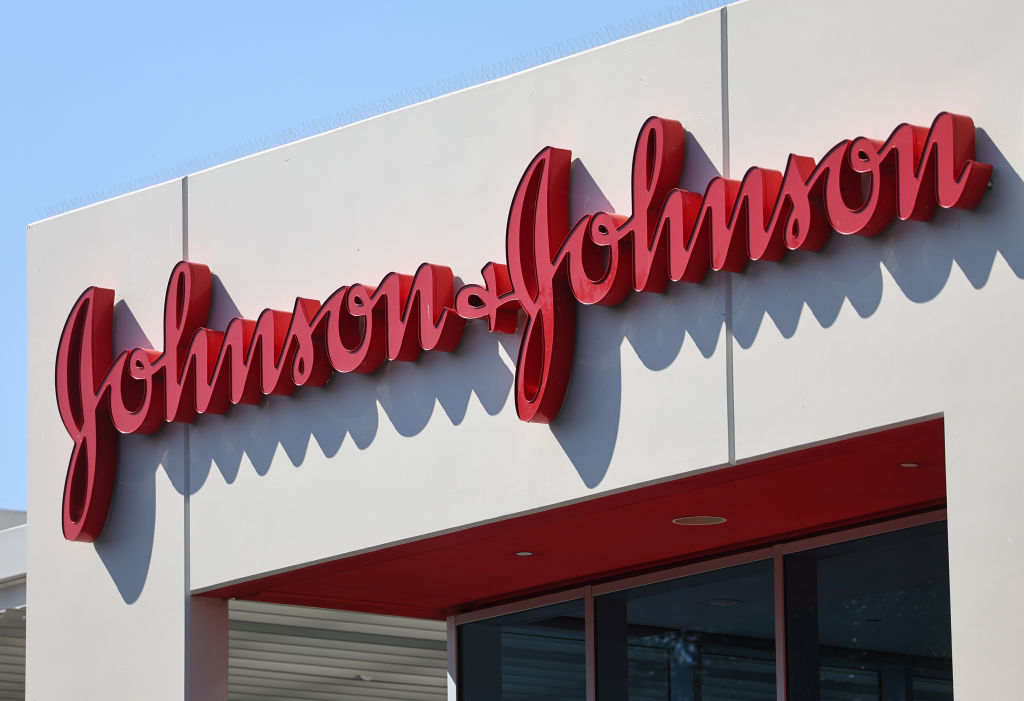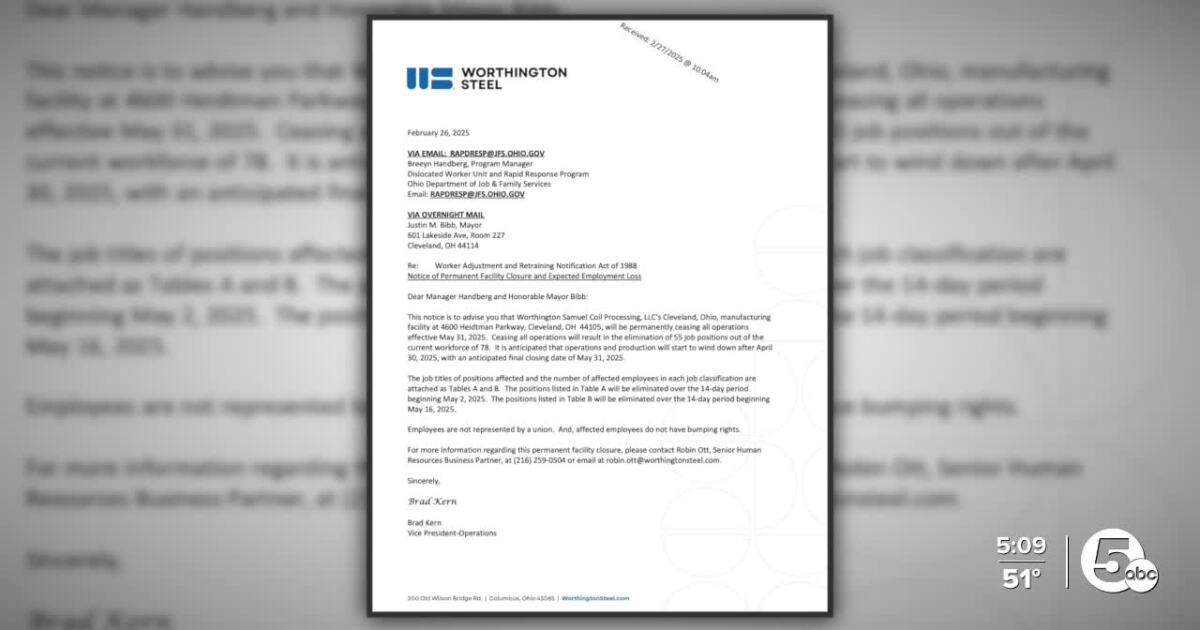Manufacturing Boost: J&J's $55B Bet on American Production Amid Trade Uncertainty
Manufacturing
2025-03-21 17:10:18Content

In response to President Trump's bold threat of imposing a 25% tariff on pharmaceutical imports, Johnson & Johnson has joined the growing list of pharmaceutical companies making strategic investments in domestic manufacturing. The move signals a significant shift in the industry's approach to production and highlights the potential impact of trade policies on corporate decision-making.
As the Trump administration continues to push for increased domestic manufacturing, pharmaceutical giants are recalibrating their strategies. J&J's announcement comes as a clear indication that companies are taking the potential tariffs seriously, choosing to proactively invest in U.S. production facilities rather than risk increased import costs.
This trend reflects a broader movement towards reshoring manufacturing capabilities, driven by a combination of political pressure and the desire to create local jobs and reduce dependency on international supply chains. By investing in domestic production, J&J not only mitigates potential financial risks but also positions itself as a company responsive to the current administration's economic priorities.
Pharma Giants Pivot: How Trump's Tariff Threat Reshapes U.S. Manufacturing Landscape
In an unprecedented economic maneuver, the pharmaceutical industry finds itself at a critical crossroads, where geopolitical tensions and manufacturing strategies are converging to redefine domestic production paradigms. The recent developments surrounding potential trade barriers have triggered a seismic shift in corporate strategic planning, compelling major pharmaceutical corporations to reevaluate their global manufacturing footprints.Transformative Trade Policies Spark Industrial Reinvention
The Tariff Catalyst: Understanding Economic Pressures
The pharmaceutical landscape is experiencing a profound transformation triggered by potential trade restrictions. President Trump's proposed 25% tariffs on pharmaceutical imports have sent shockwaves through the industry, compelling corporations like Johnson & Johnson to reconsider their manufacturing strategies. This unprecedented economic pressure represents more than a mere policy adjustment; it signifies a fundamental reimagining of global pharmaceutical supply chains. The implications of such tariffs extend far beyond immediate financial calculations. Pharmaceutical companies are now confronting complex strategic decisions that balance cost-effectiveness, geopolitical risks, and long-term sustainability. The threat of substantial import taxes has effectively transformed the calculus of international manufacturing, pushing corporations toward domestic investment and localized production models.Johnson & Johnson's Strategic Repositioning
Johnson & Johnson's recent announcement of increased U.S. investments represents a microcosm of broader industry trends. By proactively responding to potential trade barriers, the company is demonstrating remarkable adaptability and strategic foresight. Their decision to expand domestic manufacturing capabilities is not merely a reactive measure but a calculated long-term strategy designed to mitigate potential economic uncertainties. The pharmaceutical giant's investment signals a potential paradigm shift in how multinational corporations approach manufacturing. By localizing production, companies can reduce vulnerability to international trade fluctuations, enhance supply chain resilience, and potentially benefit from governmental incentives designed to promote domestic industrial development.Economic and Geopolitical Dynamics
The intersection of trade policy and pharmaceutical manufacturing reveals complex economic dynamics. Tariff threats serve as powerful mechanisms for reshaping industrial landscapes, compelling corporations to reassess their global strategies. For pharmaceutical companies, this means developing more flexible, adaptable manufacturing ecosystems that can rapidly respond to changing geopolitical environments. Moreover, these developments highlight the intricate relationship between governmental policy and corporate strategy. The potential for substantial tariffs creates an environment where companies must continuously anticipate and prepare for regulatory shifts, investing in adaptable infrastructure and diversified production capabilities.Technological Innovation and Domestic Manufacturing
The push toward domestic pharmaceutical manufacturing is simultaneously driving technological innovation. Companies are not merely relocating existing production models but are investing in advanced manufacturing technologies that enhance efficiency, reduce costs, and improve product quality. Automation, artificial intelligence, and advanced robotics are becoming integral components of this manufacturing renaissance. These technological investments represent more than incremental improvements; they signify a fundamental reimagining of pharmaceutical production processes. By leveraging cutting-edge technologies, corporations can create more responsive, efficient, and competitive domestic manufacturing ecosystems.Future Implications and Industry Transformation
The current industrial realignment suggests a broader transformation in pharmaceutical manufacturing. Companies are recognizing that geographical proximity, supply chain resilience, and technological innovation are becoming increasingly critical competitive advantages. The ability to rapidly adapt to changing economic landscapes will likely distinguish industry leaders in the coming decades. As pharmaceutical corporations continue to navigate these complex economic terrains, their strategies will undoubtedly evolve. The current moment represents not just a response to potential tariffs but a strategic inflection point that could reshape global pharmaceutical manufacturing for generations to come.RELATED NEWS
Manufacturing

Merck's Massive $1B Vaccine Hub Lands in NC, Signaling Major Healthcare Investment
2025-03-12 12:53:56
Manufacturing

Inside Tesla's Battery Revolution: 4680 Cell Mastermind Reveals Future of Electric Power
2025-04-19 16:12:00
Manufacturing

Steel Giant Pulls Plug: Worthington Shutters Cleveland Factory in Unexpected Move
2025-03-01 01:42:29




